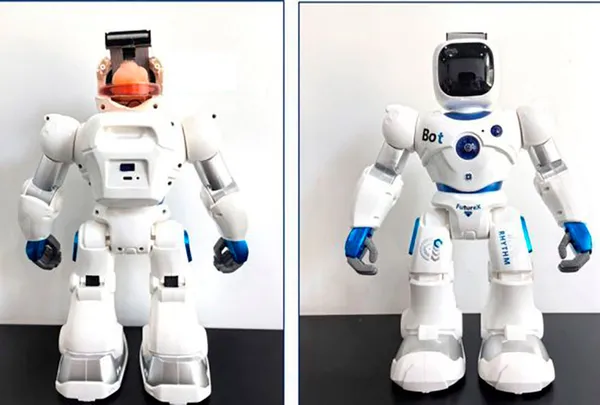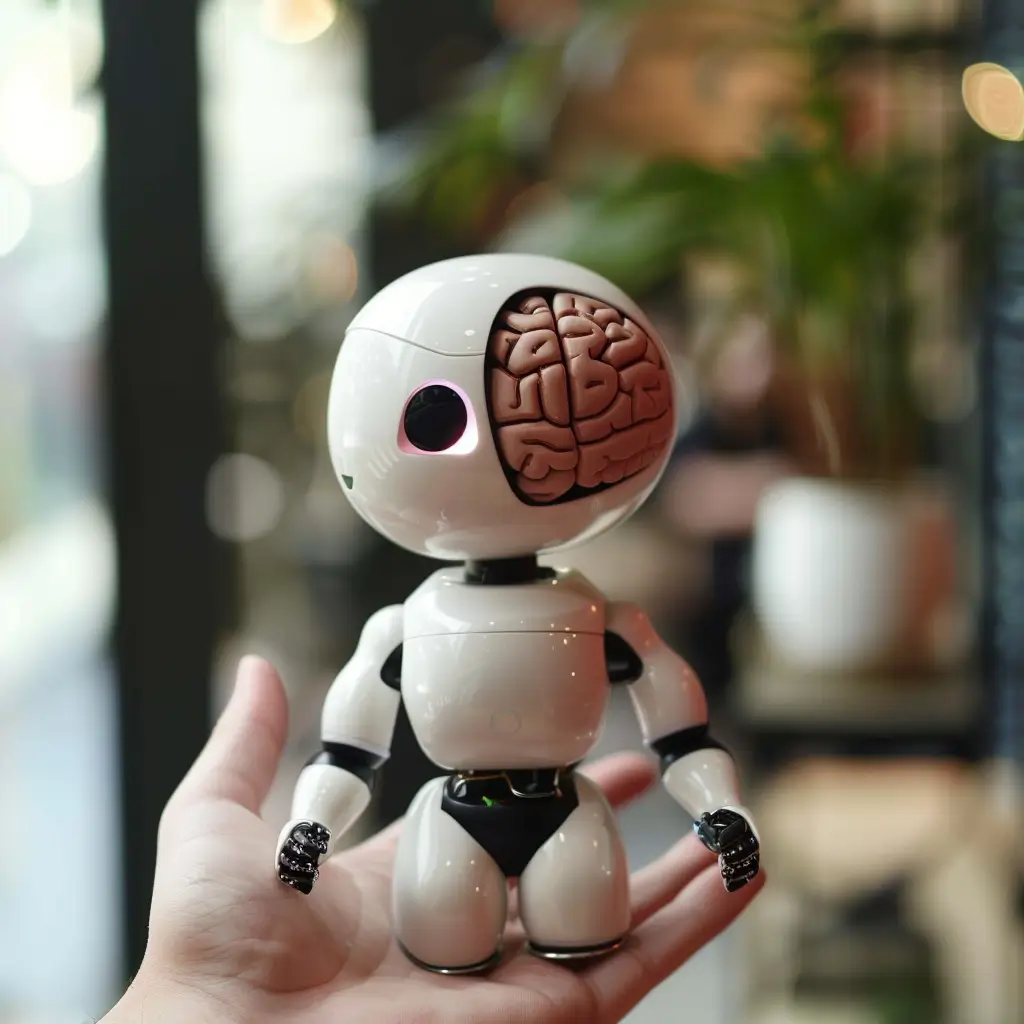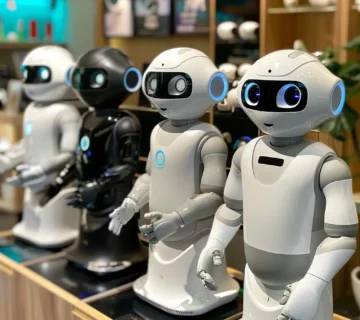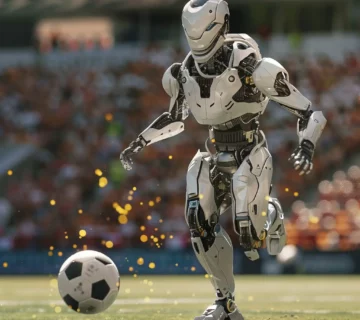In a remarkable technological leap, scientists have developed a robot controlled by a human brain. This innovation brings us closer to a future where machines can harness the intricate capabilities of human neural networks. But what exactly does this mean, and how does it work?
The Birth of Brain-Controlled Robots
Researchers from Tianjin University and the Southern University of Science and Technology have pioneered a method to control robots using what they call a ‘mini-brain.’ Unlike the human brain, these are lab-grown organoids—clusters of brain cells cultured in vitro for research purposes. These mini-brains are integrated with a specialized chip, creating a ‘brain-on-chip’ system to control a robot’s movements, including tracking, grasping, and obstacle avoidance.
How Brain-On-Chip Technology Works
The brain-on-chip technology combines biological brain cells with an electrode chip, enabling interaction with the outside world through electrical signals. Professor Ming Dong from Tianjin University explains that this technology uses encoding, decoding, and stimulation-feedback mechanisms to control robotic functions. The mini-brain, equipped with this chip, interprets electrical signals to navigate its environment and perform tasks.

Advances in Neural Integration
A significant breakthrough in this research is the use of ball-shaped organoids. These three-dimensional structures provide a more complex neural network than traditional two-dimensional cell cultures. The organoids are grown under low-intensity focused ultrasound stimulation, which enhances their development and functionality.
Another advancement is the integration of artificial intelligence algorithms. These algorithms help the brain-on-chip system process information and improve its performance, allowing the robot to learn and adapt to new tasks more efficiently.
Real-World Applications and Ethical Considerations
The potential applications for this technology are vast. Beyond robotics, brain-on-chip systems could revolutionize fields such as prosthetics, where artificial limbs controlled by human brain cells could offer more natural and intuitive movement. Additionally, this technology could lead to breakthroughs in treating neurological disorders by providing new methods to repair and reconstruct damaged brain tissues.
However, these advancements also raise ethical questions. Using human brain cells in machines challenges our understanding of consciousness and the moral implications of creating sentient-like beings. Scientists must navigate these concerns as they continue to develop and refine this technology.
Challenges and Future Prospects
Despite the progress, there are still significant challenges to overcome. Currently, the brain organoids used in prototypes are kept separate from the robots and are not fully integrated into the machines. The organoids require specific conditions to thrive, including a controlled environment with adequate nutrients and protection from contaminants.
Moreover, the technology is still in its early stages. Researchers need to address issues such as developmental maturity and nutrient supply to ensure the longevity and functionality of the brain-on-chip systems.
The Road Ahead
As we look to the future, integrating human brain cells with robotic systems promises to push the boundaries of what machines can achieve. Projects like MetaBOC, which connects brain-on-chip biocomputers with electronic devices, highlight the potential for intelligent interaction systems that could redefine robotics and biocomputing.
While the journey is just beginning, the progress made so far is a testament to the incredible possibilities. As technology evolves, the dream of creating robots controlled by human brains moves closer to reality, opening up new frontiers in science and engineering.



